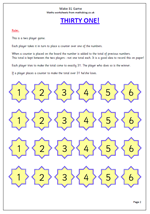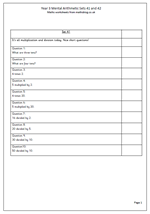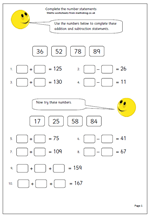Once again the poor performance in maths of many adults rears its head as the charity ‘National Numeracy’ states that almost half of British adults have the maths skills of an 11 year old, or worse. This is a new charity launched today as an organisation to champion the importance of number skills for people of all ages.
Over the last eight years the number of people with the numeracy skills of an eleven year old or worse has increased from 15 million to 17 million (49% of all 16 to 59 year olds.)
The charity also highlights the ‘badge of honour’ that people wear, proudly proclaiming that they are no good at maths, something I have talked about before on several occasions.
Chris Humphries, chairman of National Numeracy and former chief executive of the UK Commission for Employment and Skills, said: “It is simply not acceptable for anyone to say ‘I can’t do maths’.
Lacking maths skills has serious outcomes for people as people with low numeracy skills are twice as likely to be unemployed.
Interestingly, calculators are not blamed,
“Even with calculators they can’t do these problems because they don’t have enough understanding to interpret problems or analyse them,” he said.
Here are questions from the test
1. Screws come in packets of 30. Each bracket needs four screws. What will one packet of screws be enough for?
A: 6 brackets with 3 screws left over;
B: 7 brackets with 2 screws left over;
C: 7 brackets with 3 screws left over;
D: 8 brackets exactly
2. Hasran has planned a new TV cupboard. A TV is 40cm wide and will sit in the middle of a shelf that is 900mm wide. How wide is the gap on each side of the TV?
A: 10cm; B. 25cm; C. 43cm; D. 50cm
3. Match these discounts with the following labels:
1. £300 reduced to £180
2. £240 reduced to 160
3. £350 reduced to £280
Labels:
A. Amazing 1/3 off!
B. Massive 20% off!
C. Slashed by 30%!
D. Reduced by 40p in the £
Go to National Numeracy Charity


